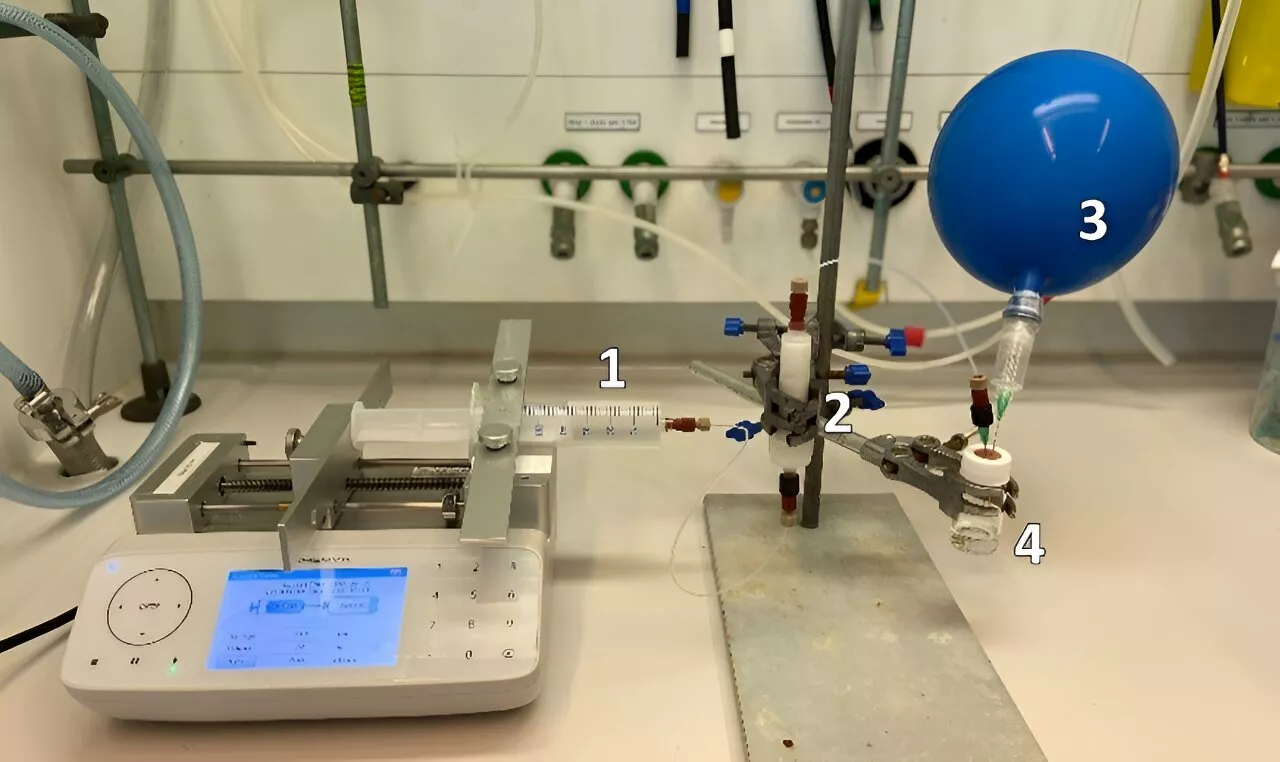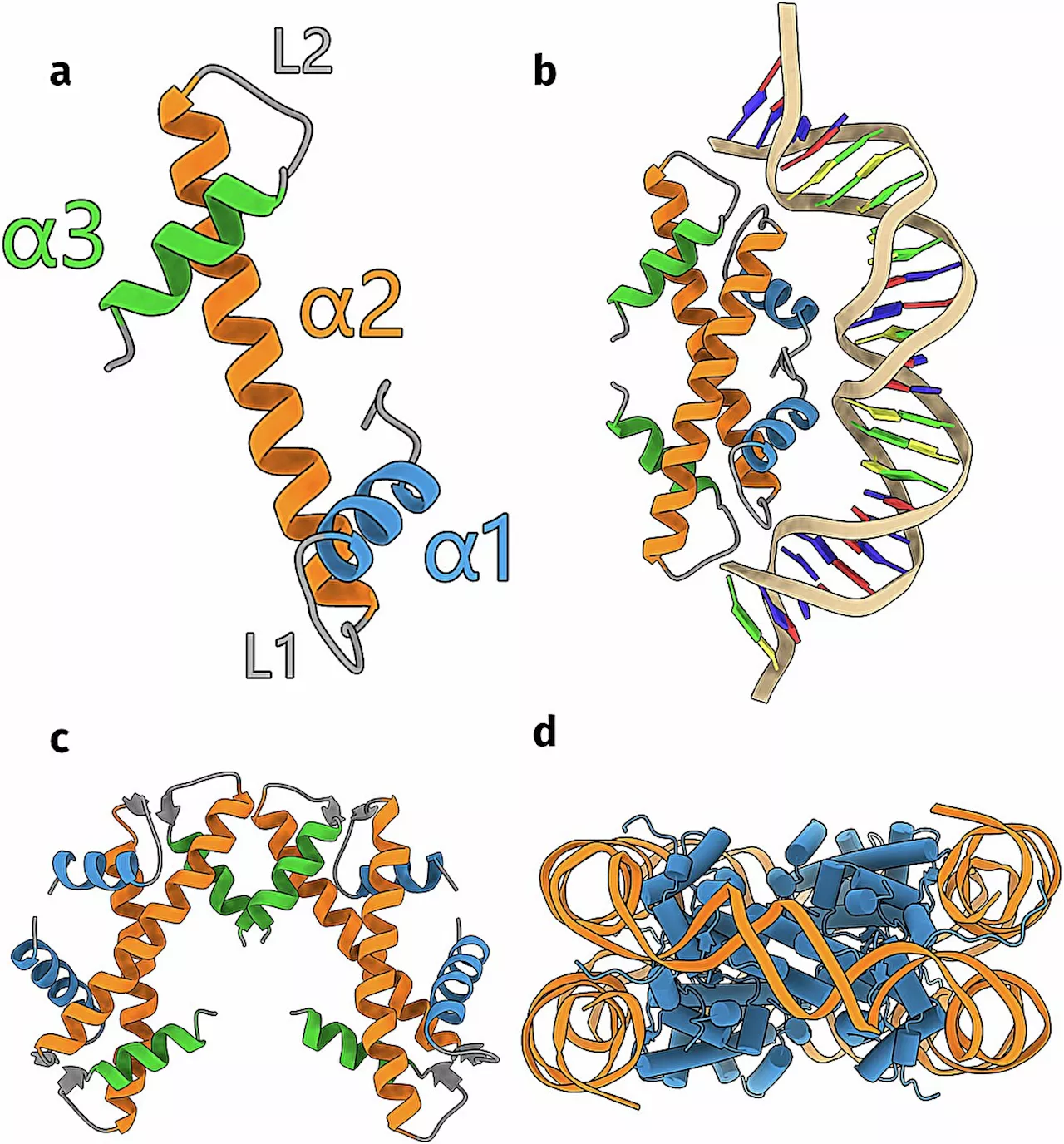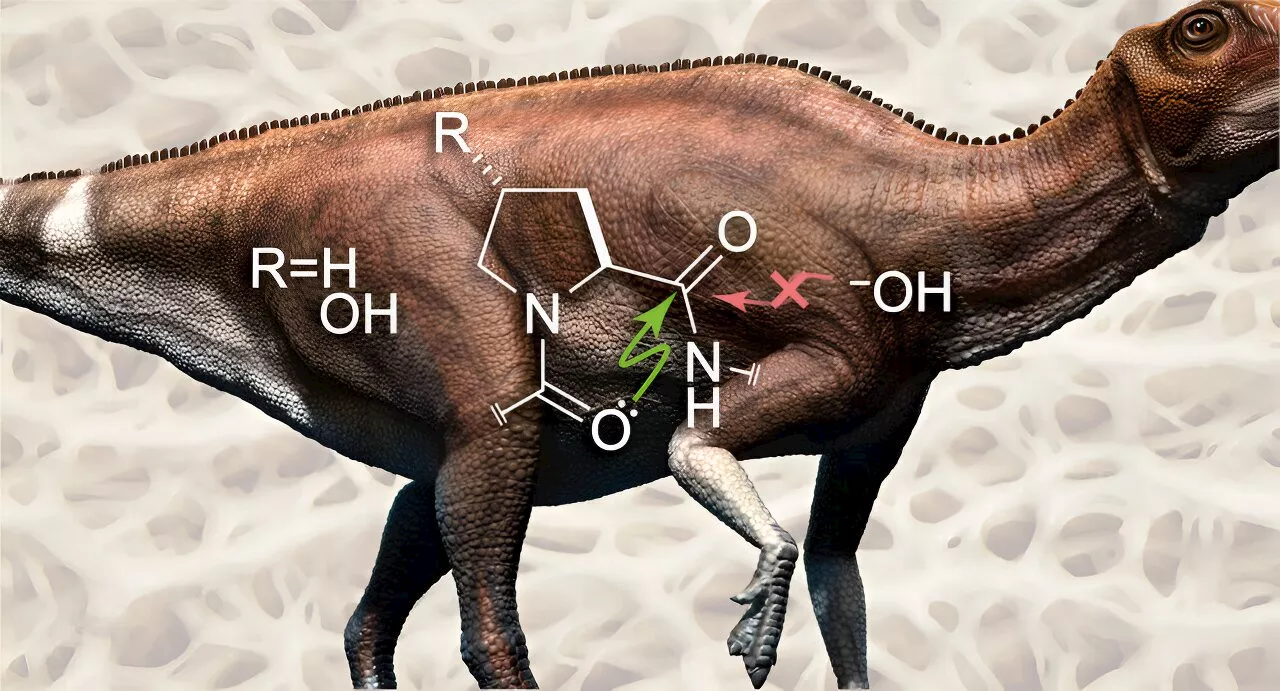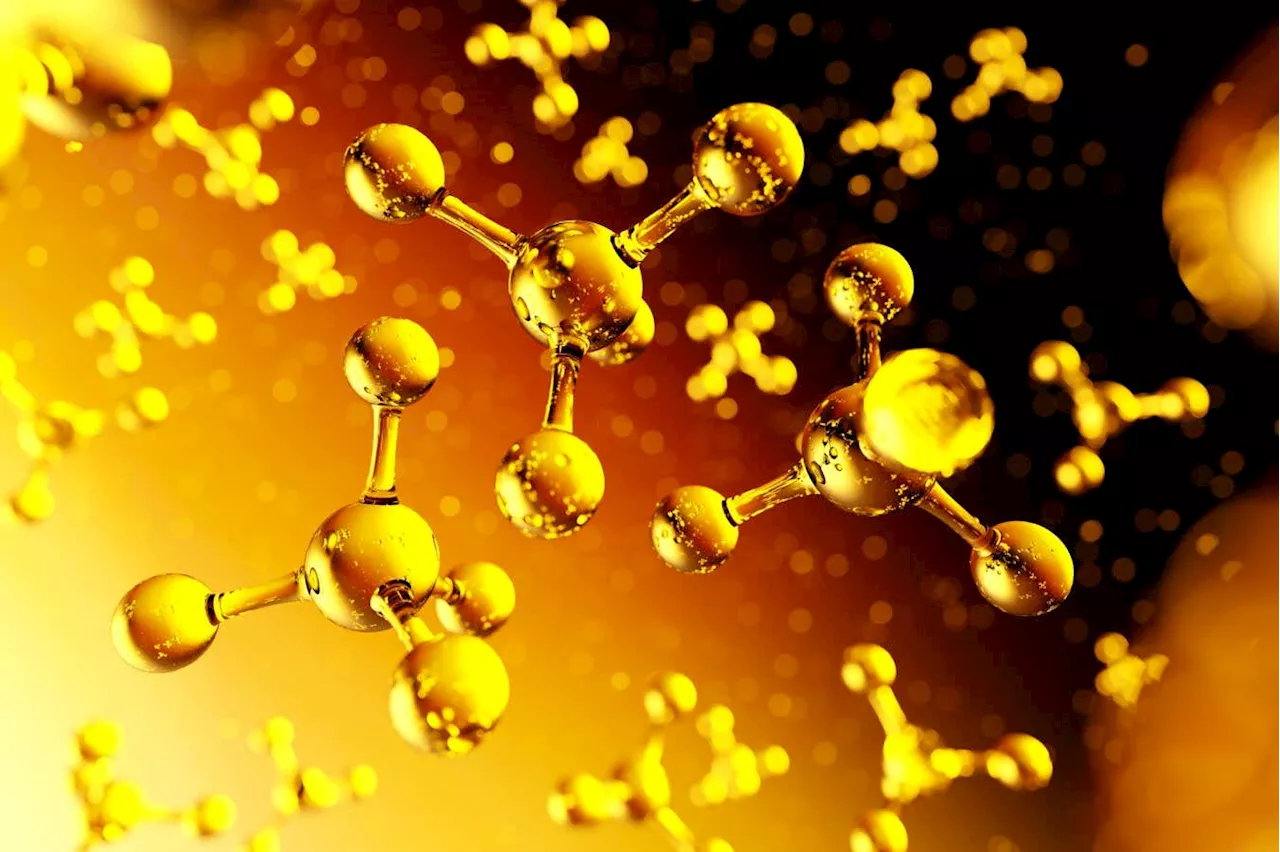Though it was first predicted in the 1930s, chemists have just now managed to create a covalent bond that only uses one electron
It is not often that chemists create a new kind of chemical bond, but they have just done it. A covalent bond that relies on a single electron has been made almost a century after it was first proposed.at the University of Tokyo and his colleagues have been testing the limits of chemical bonds for years.
All known covalent bonds, where atoms connect by sharing electrons, contain two, four, six or eight electrons – but Pauling theorised a covalent bond could exist with a single electron shared between two atoms. To create this, the researchers used ato remove an electron from an existing two-electron covalent bond between two carbon atoms.
“We aim to clarify what a covalent bond is – specifically, at what point does a bond qualify as covalent, and at what point does it not? Our goal is to explore a wide range of bonds that have yet to be discovered,” he says.
United States Latest News, United States Headlines
Similar News:You can also read news stories similar to this one that we have collected from other news sources.
 Chemists achieve PFAS-free synthesis of fluorinated pharmaceutical and agrochemical compoundsChemists at the University of Amsterdam have developed a method to furnish a range of molecules with a trifluoromethyl group attached to a sulfur, nitrogen or oxygen atom. Their procedure, which is published in Science, avoids the use of PFAS reagents.
Chemists achieve PFAS-free synthesis of fluorinated pharmaceutical and agrochemical compoundsChemists at the University of Amsterdam have developed a method to furnish a range of molecules with a trifluoromethyl group attached to a sulfur, nitrogen or oxygen atom. Their procedure, which is published in Science, avoids the use of PFAS reagents.
Read more »
 Chemists discover new ways in which single-celled organisms organize their DNAIt has only recently been discovered that single-celled organisms (bacteria and archaea) also have histones—proteins that structure DNA. Now, Leiden Ph.D. candidate Samuel Schwab has found that the histones in these organisms are much more diverse than previously thought.
Chemists discover new ways in which single-celled organisms organize their DNAIt has only recently been discovered that single-celled organisms (bacteria and archaea) also have histones—proteins that structure DNA. Now, Leiden Ph.D. candidate Samuel Schwab has found that the histones in these organisms are much more diverse than previously thought.
Read more »
 Chemists create industrially important alkyl amines from dinitrogen and alkenesA critical chemical bond can be assembled using dinitrogen (N2)—a molecule freely available in the air around us—chemists at RIKEN have shown in a new article published in Nature.
Chemists create industrially important alkyl amines from dinitrogen and alkenesA critical chemical bond can be assembled using dinitrogen (N2)—a molecule freely available in the air around us—chemists at RIKEN have shown in a new article published in Nature.
Read more »
 Chemists explain why dinosaur collagen may have survived for millions of yearsChemists offer a new explanation for how collagen in dinosaur bones may have survived millions of years: An atomic-level interaction prevents its bonds from being broken down by water.
Chemists explain why dinosaur collagen may have survived for millions of yearsChemists offer a new explanation for how collagen in dinosaur bones may have survived millions of years: An atomic-level interaction prevents its bonds from being broken down by water.
Read more »
 Chemists find new pharmaceutically active substances from billions of newly combined moleculesNowadays, there's lots of buzz about spectacular new medical treatments, such as personalized cancer therapy with modified immune cells or antibodies. Such treatments, however, are very complex and expensive and so find only limited application.
Chemists find new pharmaceutically active substances from billions of newly combined moleculesNowadays, there's lots of buzz about spectacular new medical treatments, such as personalized cancer therapy with modified immune cells or antibodies. Such treatments, however, are very complex and expensive and so find only limited application.
Read more »
 Chemists explain why dinosaur collagen may have survived for millions of yearsCollagen, a protein found in bones and connective tissue, has been found in dinosaur fossils as old as 195 million years. That far exceeds the normal half-life of the peptide bonds that hold proteins together, which is about 500 years.
Chemists explain why dinosaur collagen may have survived for millions of yearsCollagen, a protein found in bones and connective tissue, has been found in dinosaur fossils as old as 195 million years. That far exceeds the normal half-life of the peptide bonds that hold proteins together, which is about 500 years.
Read more »
